There are various surfboard accessories out available on the market.
From bags to socks, fins, traction pads, and much more, there are many items you can get for your surfboard to improve your overall experience. But not many of those accessories are as important as a surfboard fin.
Surfboard fins come in various setups.
Some of these configurations include the 1-fin or single fin, the twin fin, the 2+1 fin, and the tri-fin or 3-fin. Each one of these setups offers something unique to your surfing experience.
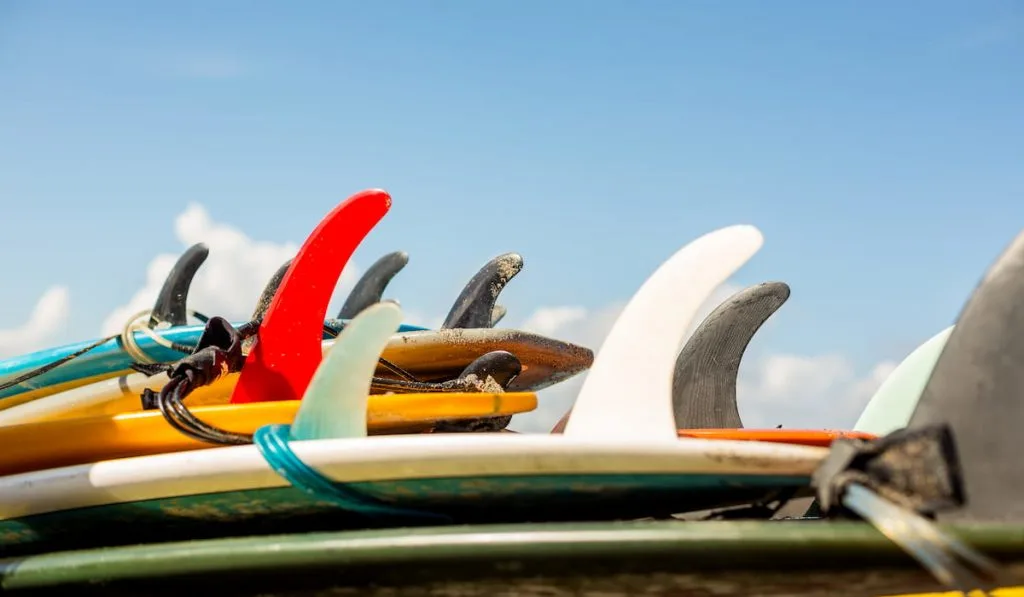
What’s the difference between 1 fin and 3 fins on a surfboard?
The main difference between having 1 fin and 3 fins on a surfboard is the design configuration itself.
But this difference, or varying the number of fins on a surfboard in general, affects maneuverability, control, speed, steering, and stability.
In the rest of this article, we explore the differences between having 1 fin and 3 fins on a surfboard. We also talk about how having 1 fin or 3 fins on a surfboard affects your surfing performance.
What’s the Difference Between 1 Fin and 3 Fins on a Surfboard?
The use of 1 fin or 3 fins on a surfboard will affect your surfing experience differently.
Fins impact how you are able to manage your board in the water. There are a number of factors that contribute to the differences understanding these will help you make the right choice for you.
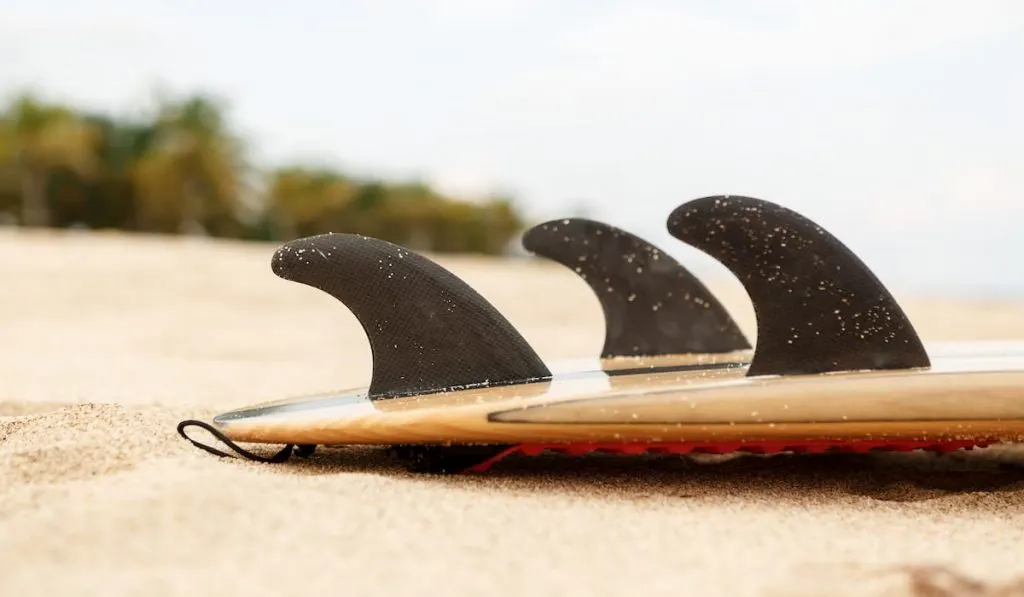
Steering
When a surfboard has 1 fin, it is more adapted for straight shot surfing.
If you intend to surf in a straight direction, a 1-fin surfboard would be simply fine. You can still steer or turn with 1 fin on your surfboard, but the turns will be smooth and slow.
Unlike surfboards with 1 fin, those with 3 fins can be steered more intricately. Due to this, you can perform more tricks with a 3-fin surfboard.
Predictability
With 1 fin on a surfboard, there is more predictability. You would typically expect unidirectional movement and less maneuverability.
Unlike surfboards with a 1-fin setup, those with 3 fins are less predictable. Surfboards with 3 fins are suited for various surfing conditions.
The versatility of 3-fin boards makes them less predictable when moving in the water.
Control
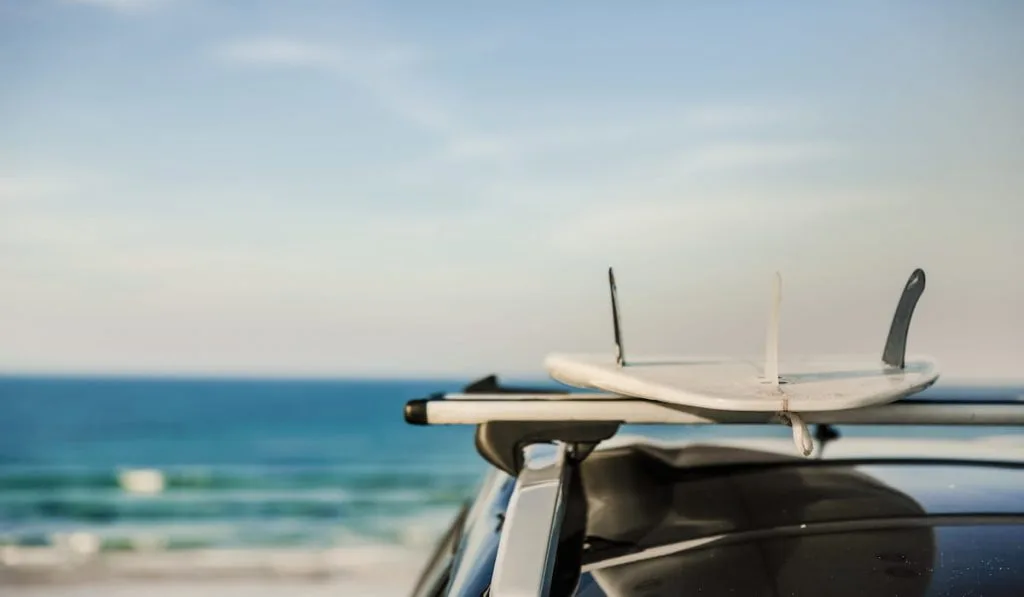
If you want more control over your board, install 3 fins on it.
The configuration of boards with 3 fins optimizes the side fins for speed and control. The center fin is optimized for maneuverability.
While surfboards with 1 fin also have a center fin, they do not have as much control as a 3-fin board.
Controlling a 1-fin surfboard depends more on the rider than on the fin attached to the board.
Stability
A 3-fin surfboard is more stable than a 1-fin surfboard.
In surfboards with 3 fins, the drag from the center fin balances the speed from the side fins. This interplay creates stability in boards with 3 fins.
In surfboards with 1 fin, there are no side fins. The single fin in the center is not balanced out by other fins.
So, the board does not really offer much stability. Stability on a single fin board depends on the surfer.
Speed
The 1-fin setup has fewer fins, so, it offers relatively more speed than the 3-fin setup with less drag in the water.
Availability
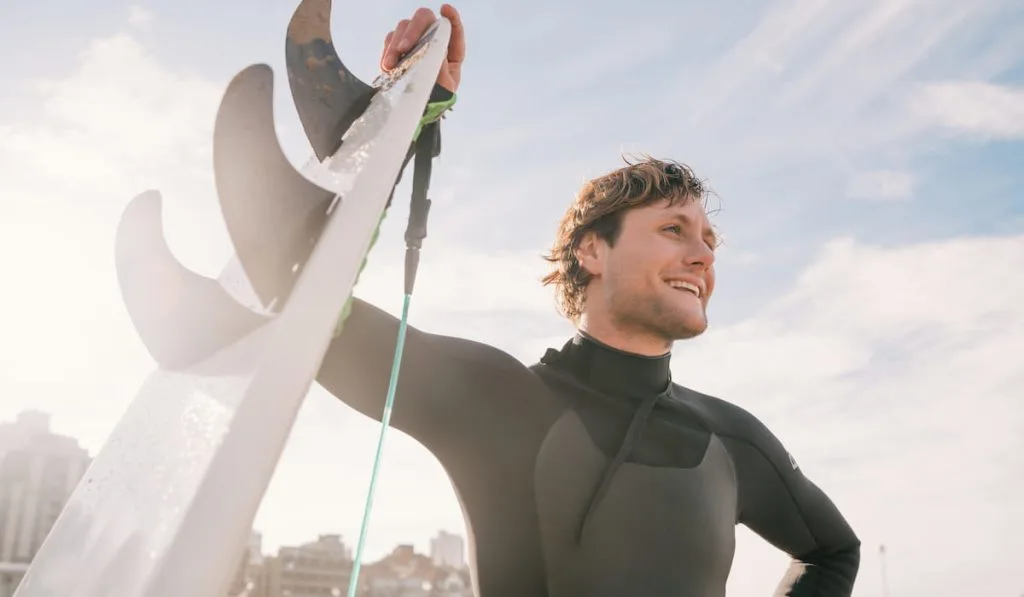
Which is more common: 1 fin or 3 fins? Well, the most common surfboard setup is the 3 fin. The 3-fin surfboard is common to various sizes and shapes of surfboards.
Surfboards with single fins are not common anymore and are less available.
In fact, some people consider them to be outdated. Yet, you may still find boards that come with a 1-fin setup if you look hard enough.
You are more likely to find a single-fin setup on a longboard than on a shortboard. But do not rule out the possibility of 1-fin surfboards.
Configuration
The 1-fin and 3-fin surfboards are configured differently from each other because of their physical fin placement.
Surfboards with 1 fin have just a single fin. The sole fin is positioned in the middle toward the tail of the board.
On the other hand, 3-fin surfboards have 2 sets of fins comprising 3 fins. There are the center fin and the side fins.
The center fin is positioned in the middle toward the tail of the board. The side fins are positioned above the center fin toward the rail of the board.
There is a variation of the 3-fin setup called 2+1 fin setup. The main distinction between both setups is the length of the center fin.
In the 3-fin setup, the center fin is about the same length as the side fins. But in the 2+1, the center fin is longer than the side fins.
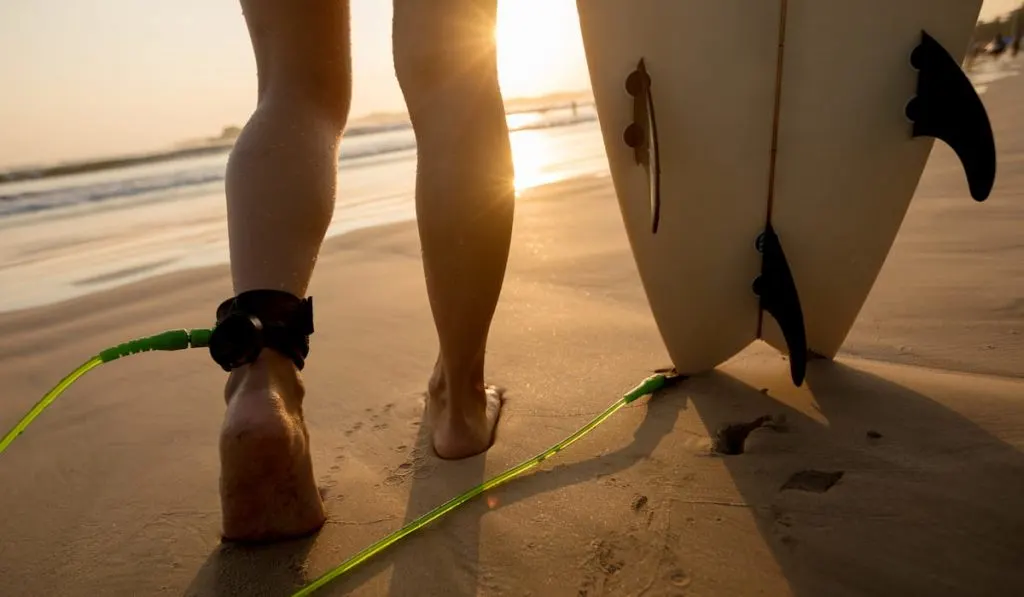
Adaptability
Having 3 fins on your surfboard makes it more adaptable. Besides being suitable for many surfing conditions, you can choose to convert the board to a twin or single fin setup.
To switch to the twin fin setup, all you have to do is remove the center fin. To change over to the single fin mode, all you have to do is get out the side fins.
For the 1-fin setup, you have only one choice since you cannot change the fin configuration.
Highlighting the Differences Between 1 Fin and 3 Fins on a Surfboard
| 1 Fin | 3 Fins | |
| Steering | Turns are smooth and slow. | Can be steered more intricately, making it easier to perform tricks |
| Predictability | More predictable movement | Less predictable movement |
| Control | Control depends more on the surfer | Control provided by the board and surfer together |
| Stability | Relatively less stability | Relatively more stability |
| Speed | Relatively faster | Relatively slower, since fins create more drag |
| Availabilty | Difficult to find and less common | The most common setup on surfboards |
| Configuration | The sole fin is positioned in the middle toward the tail of the board. | The center fin is positioned in the middle toward the tail of the board. The side fins are positioned above the center fin toward the rail of the board |
| Adaptability | Not quite adaptable. | Very adaptable, can be used in twin fin and single fin modes |
How Many Fins Should I Have on My Surfboard?
The number of fins you should have on your surfboard largely depends on what you need.
Single fin or 1-fin setups are great for small, small-medium, and big-fat weak waves.
They offer speed, less drag, and slow, smooth turning. If you get a large-sized fin, it would be useful in avoiding spinning out in the tubes.
The tri-fin, thruster, or 3-fin setups are great for most types of waves.
They are quite enjoyable in large waves and epic conditions. This 3-fin setup is also great powerful surfs, tubes, and smaller surfs.
All in all, the 3-fin setup is optimized for high-performance. If you want control and stability, you should consider it.

Final Thoughts
The main differences between 1 fin and 3 fins on a surfboard lie in maneuverability, stability, speed, and versatility.
The 3-fin setup is more maneuverable, stable, and versatile. The 1-fin configuration, on the other hand, offers relatively more speed and slow, smooth turns.
Resources
- https://www.degree33surfboards.com/blogs/gettin-pitted/14071417-fins-how-many-do-i-need
- https://www.evo.com/guides/how-to-choose-surf-fins
- https://www.surfnation.com.au/blogs/news/surfboard-fin-setups-understanding-the-effects-to-your-surfing
- https://barefootsurftravel.com/livemore-magazine/surfboard-fin-setups-explained
- https://surfing-waves.com/forum/viewtopic.php?f=15&t=11392
